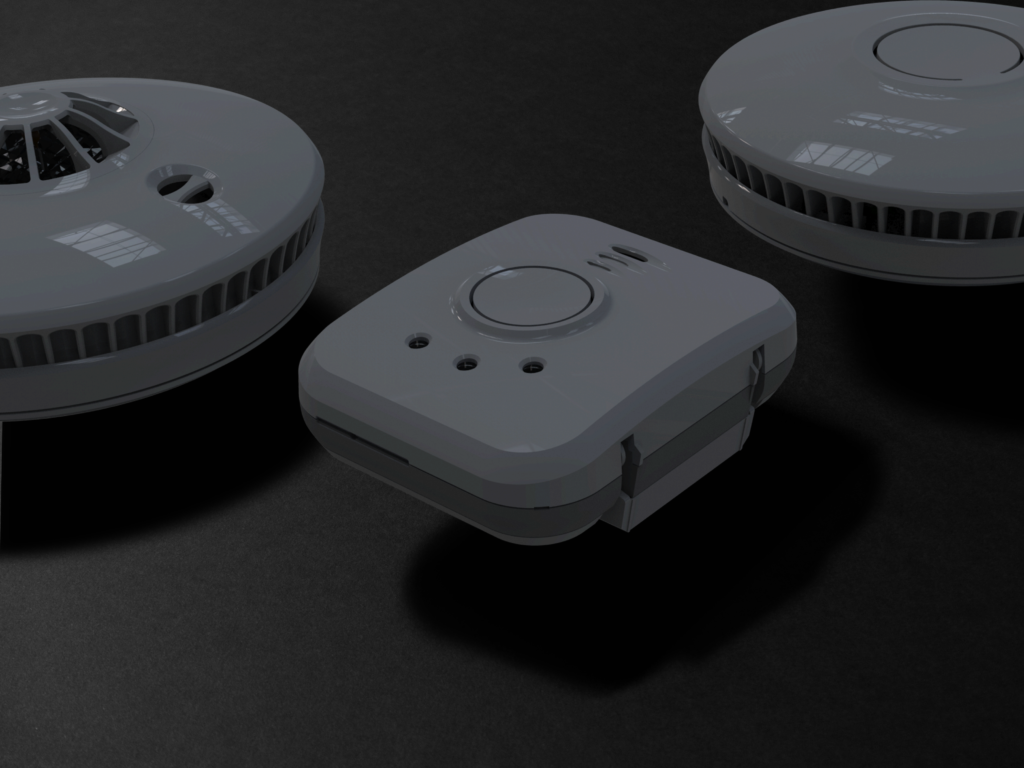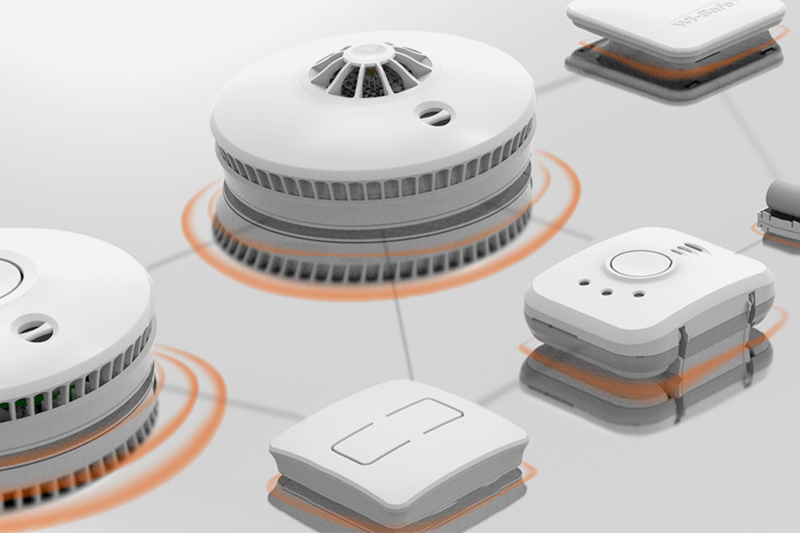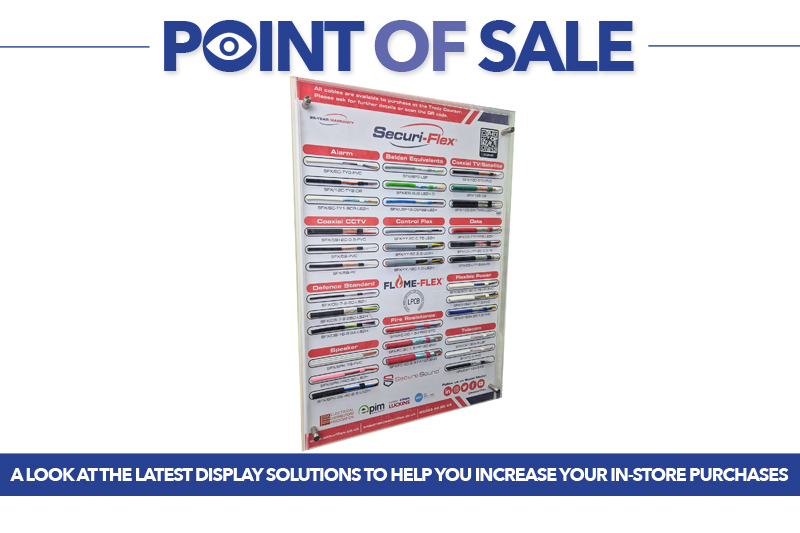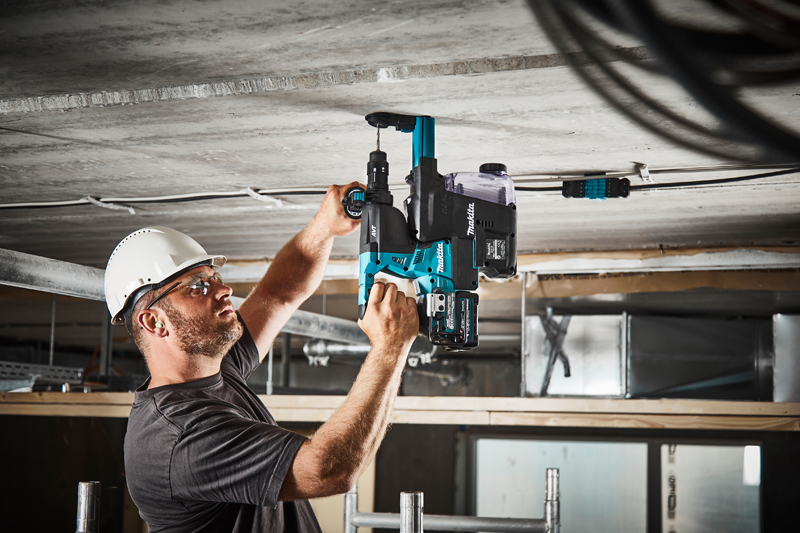Steve Boggis, Trade Business Unit Director for FireAngel, discusses why electrical wholesalers should be stocking and recommending interlinked smoke, heat and carbon monoxide (CO) systems, in line with the updated Scottish Tolerable Standard, to support professional installers in successfully future-proofing properties by achieving the highest possible standards of protection.
Following parliamentary approval of the government’s proposals to extend the requirements for domestic smoke and CO alarms in response to the findings of its Domestic smoke and carbon monoxide alarm consultation, the legislative updates aim to achieve greater consistency for all types of rental properties throughout England.
Whilst FireAngel agrees these regulatory changes are a much needed step forward in ensuring consistency throughout all type of English rental properties, we believe that if the recommendations of the updated Scottish Tolerable Standard were applied to England, Wales and Northern Ireland, a significant number of lives would be saved.
We are therefore encouraging electrical wholesalers across the entire UK to stock and recommend systems that comply with these requirements. Enforced in February 2022, the regulations affect all types of Scottish households, requiring them to have an interlinked fire and smoke alarm system. This must be supported by adequate carbon monoxide (CO) protection if there is a flue-burning appliance or flue present within the property.
Any existing alarms must also be reviewed under the new guidance to ensure they meet the revised criteria. In order to achieve compliance, a property must have one smoke alarm installed in the room most frequently used for general living purposes, such as the living room. A CO alarm must be installed in every room where there is a carbon-fuelled appliance, such as a boiler, fire or stove.
An additional smoke alarm must also be fitted in every circulation space on each storey, including hallways and landings, whilst a heat alarm should be installed in each kitchen. To comply with the latest regulations, all smoke and heat alarms should be ceiling mounted, long-life and interlinked.
Intelligent interlinking
Under the new regulations, both mains-powered or 10 year sealed long-life lithium battery powered alarms are suitable, as long as they facilitate either hardwired or wireless interlinking. The mains-powered smoke and heat alarms must comply with a Grade D1 Specification, whilst the battery powered smoke and heat alarms must meet the requirements of a Grade F1 Specification.
One of the most important aspects of the legislation is the interlinking of smoke, heat and CO alarms throughout key locations of a property. The interlinking of these devices plays a central role in achieving the earliest possible warning of a fire, as by meshing multiple devices together onto a private network, when one alarm sounds, they all sound.
This achieves the fastest possible alert of a potential fire or CO event, as every device on the network will mimic the chirp of the smoke or CO alarm, depending on the danger that has been identified. This level of protection can be cost-effectively accomplished through the installation of Smart RF compatible mains and battery-powered devices, as by fitting a Smart RF Radio Module into each device, either upon initial installation or at a later date, every alarm can be wirelessly interlinked together in an instant.
By choosing devices that feature connected technologies, the system can also be continuously extended and upgraded to include additional safety products, when required, to provide the highest possible levels of protection, particularly for vulnerable individuals who present the greater potential risk.

Connecting the dots
The addition of Smart RF technology enables a Connected Gateway to be added to an existing network to provide remote real time monitoring of every alarm on the network. Device data can be accessed via a free app, which can send optional notifications regarding the system’s status to the homeowner, landlord or other nominated individual. This provides transparent and consistent clarity regarding the level of protection installed throughout a domestic property in relation to the risk level of the individual residing within it.
From a contractor’s perspective, this interconnectivity enables professionals to document the completion of each installation phase and validate the overall installation, as information can be instantly logged via the wireless network. By taking a photograph of each completed installation, the images can be wirelessly uploaded to a centralised platform to generate immediate sign off, which subsequently produces a certification of fire legislative compliance, in accordance with BS 5839-6.
This intelligent process of confirmation eradicates any requirement for paper-based data capture, ensuring each installation has been adequately assessed for competence and validated to ensure the maximum levels of detection have been achieved, completely revolutionising approaches to documentation and verification.
FireAngel is proactively supporting wholesalers in assisting installers in meeting the requirements of the updated Scottish Tolerable Standard, regardless of whether the property is in Scotland, England, Wales or Northern Ireland, through the supply of dedicated sales support and guidance for its Specification Range of smoke, heat and CO alarms. This includes bespoke point of sale and FSDUs, combined with specific sales and training collateral.

For information on FireAngel’s comprehensive portfolio of smoke, heat and CO safety solutions and how they wirelessly interlink with FireAngel Specification, click here or contact your local specification manager here





